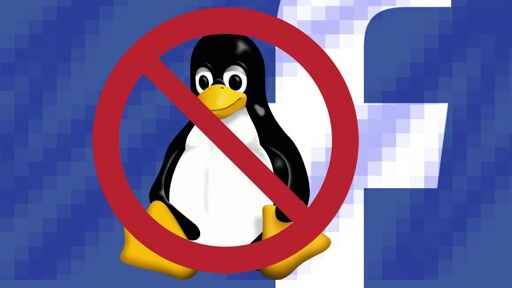

Not sure if this is a productive solution.
You’d just end up with the exact same posts, but now coming from accounts that are x days/weeks/months old.
Don’t get me wrong, spam and low effort are absolutely an issue, but I’m not sure how this would fix it.









That makes no sense.
You can create a Lemmy or Mastodon account in moments with nothing more than a web browser.
Is that the entire fediverse, no.
Is Facebook one thing, also no.